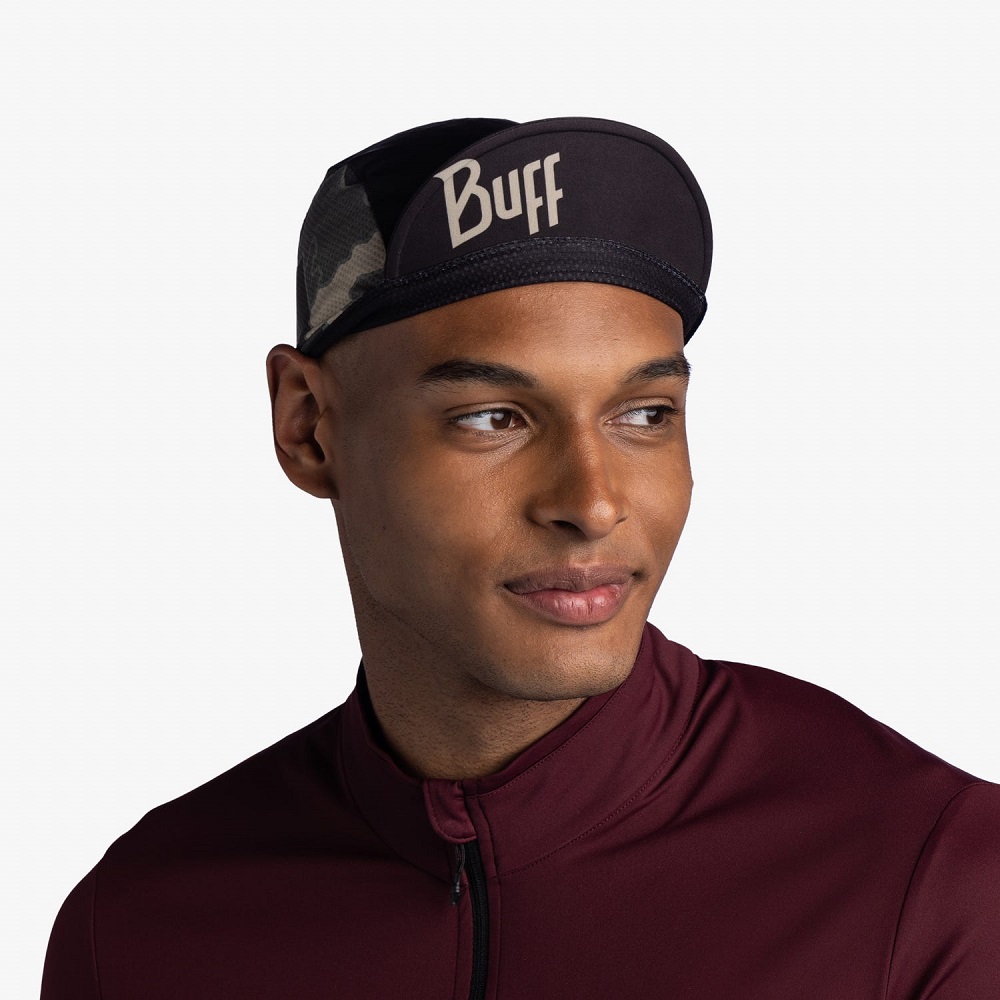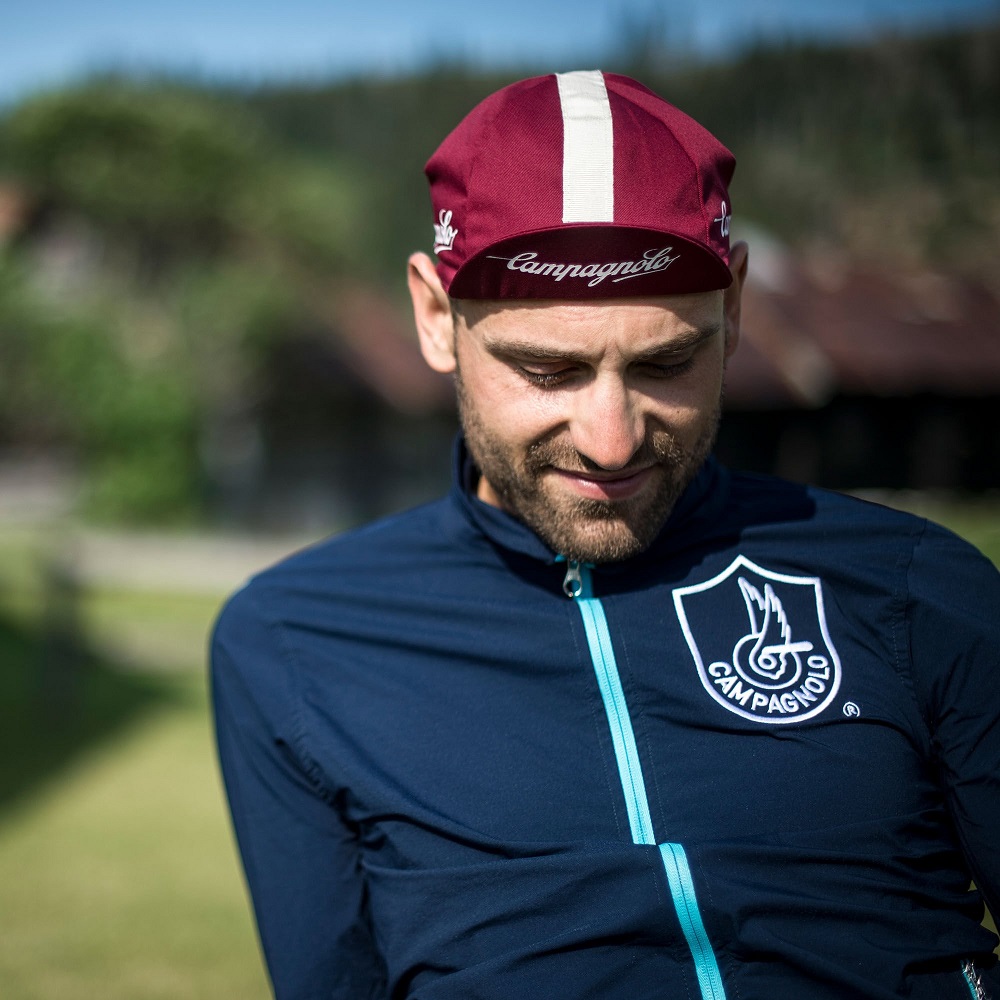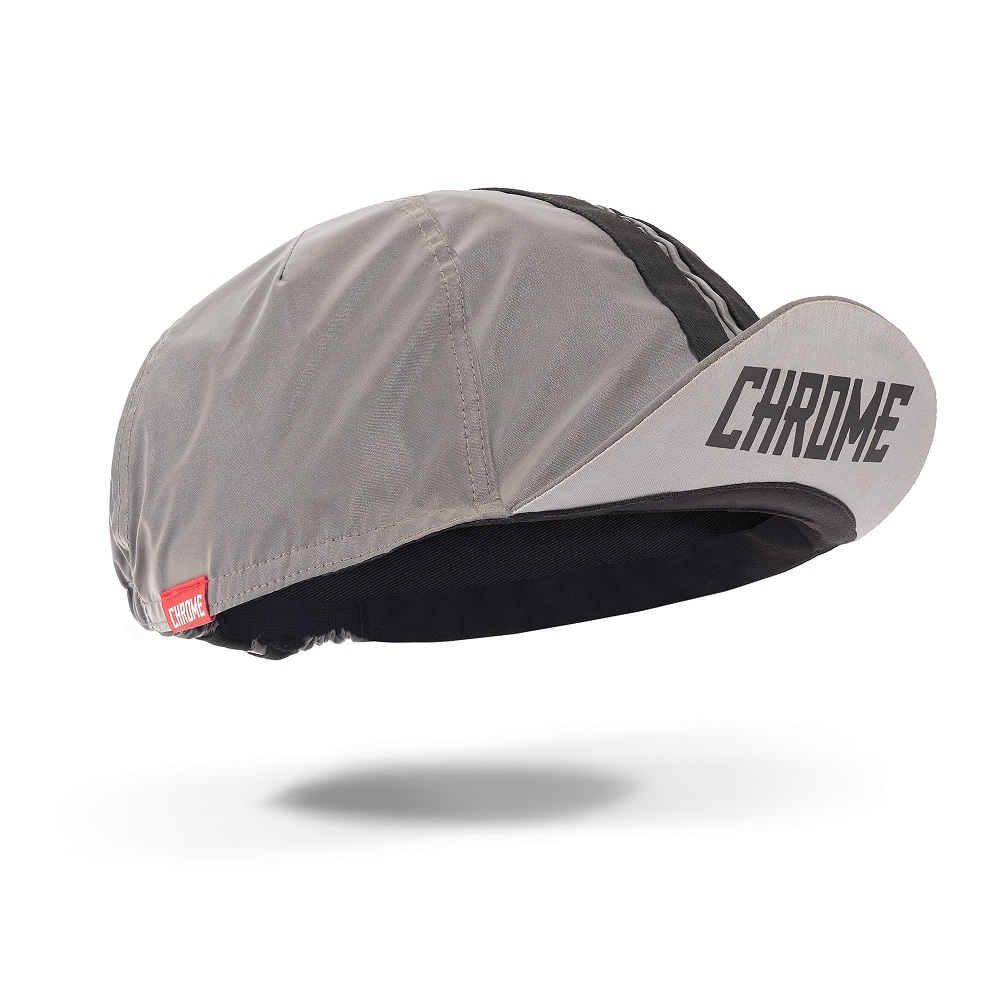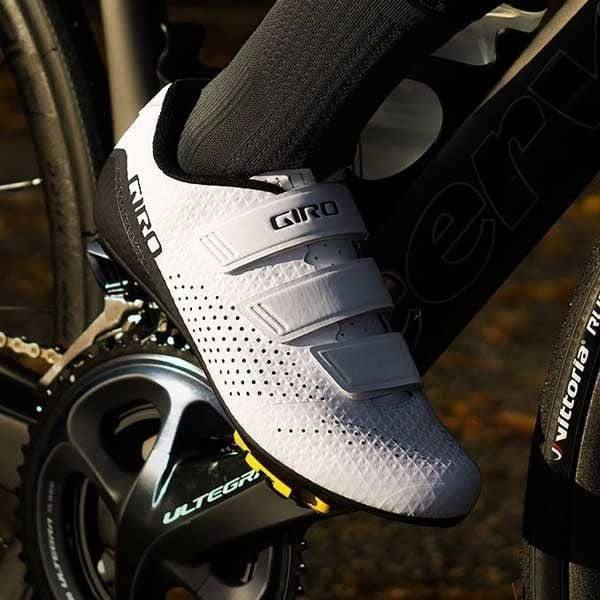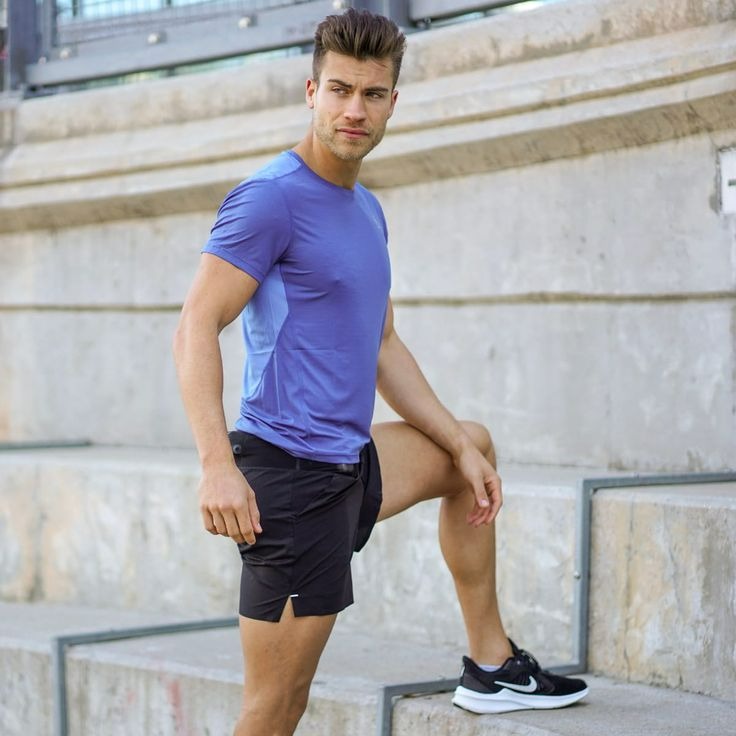Bicycling is one of the most popular activities worldwide. Whether you are a casual rider or a serious cyclist, a bicycle cap can serve many purposes. This simple piece of clothing holds significant value beyond its basic function of providing coverage for your head. Let’s explore the various aspects of bicycle caps, and understand why they are essential gear for cyclists.
The History of Bicycle Caps
Bicycle caps have a rich history. These caps originated in the late 19th century when cycling became a popular pastime. Many early cyclists wore fabric caps to shield their heads from the sun and elements. These caps were often made of cotton, wool, or a blend of both. The design was functional and straightforward, featuring a small brim to protect the eyes from sunlight.
As cycling pursued popularity, brands began to innovate cap designs. They added colors, patterns, and unique logos. Even professional cyclists adopted bicycle caps as part of their uniforms. These caps symbolize camaraderie within the cycling community. They often showcase team colors and sponsor logos, creating a sense of belonging for riders.
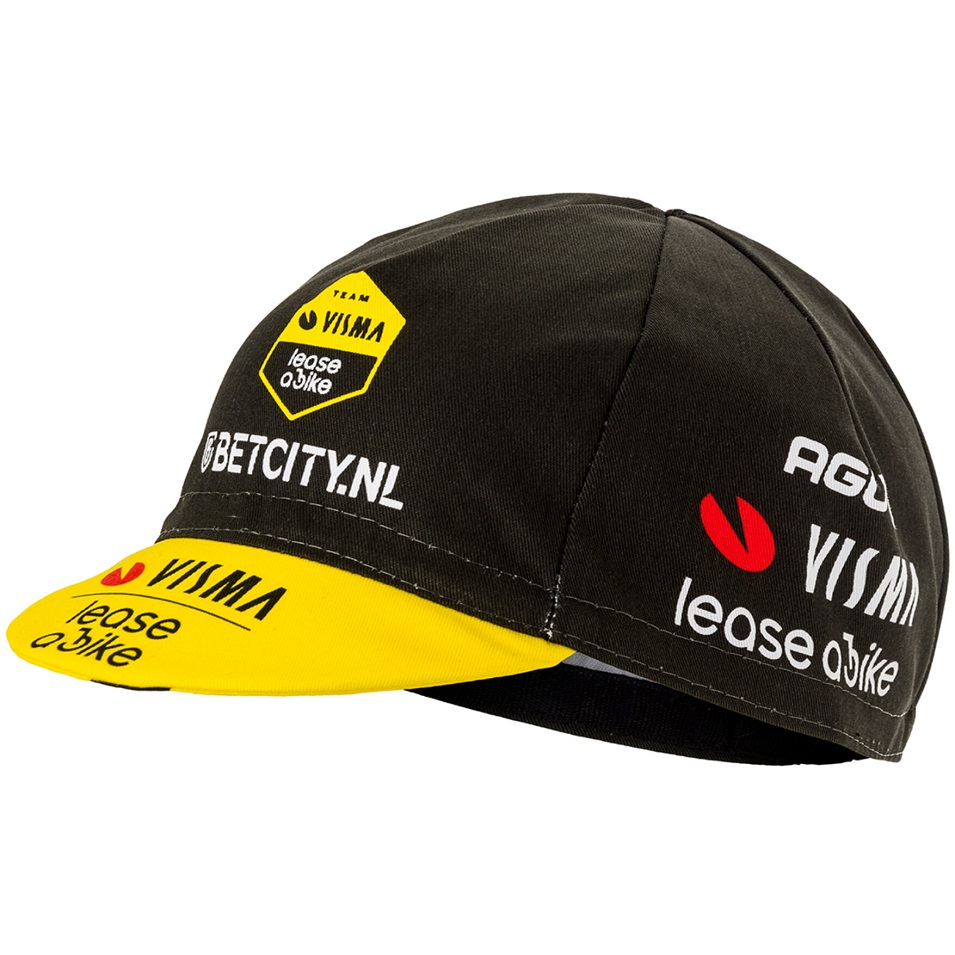
Transition from Function to Fashion
As time progressed, the bicycle cap transitioned from a purely functional item to a fashionable accessory. Cyclists began to use caps as a way to express their identities. You could find caps that matched specific outfits or celebrated local cycling events. Colors and styles diverged according to geographical locations and trends. Each region brought its unique flavor, contributing to the rich tapestry of bicycle cap culture.
Moreover, social media helped propel the bicycle cap’s popularity even further. Cyclists often share photos with their caps, posting not just about their rides but their lifestyles. It’s common to see riders sporting caps while enjoying coffee breaks after long rides. As a result, the bicycle cap became a lifestyle statement, representing a passion for cycling.
Functionality of Bicycle Caps
Bicycle caps come in various styles, mainly designed for specific functions. Cyclists appreciate how versatile these caps are in providing protection and comfort. Their features benefit riders in multiple ways.
Protection from Elements
One of the primary functions of a bicycle cap is to shield the rider from the elements. Whether you are under the scorching sun or facing a light drizzle, a cap offers essential protection. The brim effectively blocks sunlight from directly hitting your eyes. When riding in bright conditions, this added visibility can be a lifesaver. It allows you to see the road and any potential hazards more clearly.
In wet conditions, a cap helps to keep your head dry. Many caps are made from water-resistant materials, ensuring that a light drizzle does not deter your ride. The cap keeps your hair in check as well, preventing it from soaking up excess water. With a bicycle cap, you can focus on your ride instead of worrying about the weather.
Moisture-Wicking Capabilities
Cyclists frequently sweat during rides, especially on hot days or challenging terrains. That’s where the moisture-wicking capabilities of bicycle caps come into play. High-quality caps are designed to absorb moisture. They keep your head dry and comfortable throughout the ride. Many cycling caps use breathable fabrics to encourage airflow. This prevents overheating, allowing you to maintain your focus and performance.
Wearing a cap not only keeps sweat from dripping into your eyes but also reminds you to stay cool. A well-fitted cap stays securely in place, providing continuous comfort. You can ride longer without interruptions, making it an essential element in your cycling gear.
Choosing the Right Bicycle Cap
With countless options available on the market, selecting the right bicycle cap can be overwhelming. Each cyclist has specific preferences based on factors like style, fit, material, and purpose. Here are a few essential considerations to keep in mind when choosing a cap.
Material Matters
The cap’s material significantly impacts its functionality. Lightweight and breathable fabrics are ideal for summer rides. Look for materials that offer moisture-wicking properties to keep sweat away from your skin. Common options include polyester and a blend of cotton. These fabrics dry quickly, making them perfect for all-day rides.
For colder rides, consider caps made from thicker materials. Fleece-lined or wool caps provide warmth, making cycling enjoyable even in lower temperatures. Make sure to inspect the seams and stitching for durability, ensuring that your cap withstands the rigors of cycling.
Fit and Comfort
Fit is crucial when selecting a bicycle cap. An ill-fitting cap can cause discomfort, and you want to be able to focus on your ride. Look for adjustable options to ensure a snug fit. Many caps come with elastic bands or Velcro, allowing you to customize the fit. A good fit keeps the cap securely in place while you ride, preventing annoying distractions.
Also, consider brim size. While a larger brim offers more sun protection, it may obstruct your field of vision. Opt for a size that suits your riding style and comfort level.
Styles of Bicycle Caps
Bicycle caps come in various styles to meet the diverse needs of cyclists. Each style has unique characteristics that appeal to different riders. Understanding these styles can help you find the perfect cap.
Classic Cycling Cap
The classic cycling cap is a staple in the cycling world. It features a lightweight fabric, a small brim, and often has an elastic band for a snug fit. Many cyclists wear this cap under their helmets for added comfort and sweat absorption. This style is versatile and suitable for casual rides. A classic cap can easily transition to other activities, like running or walking.
Snapback and Baseball Caps
Snapback and baseball caps have gained popularity among younger cyclists. These caps often have a more structured design, with a larger brim. They feature adjustable snaps at the back, allowing for a custom fit. Their stylish designs work well both on and off the bike. While not as functional as classic cycling caps, they provide ample sun protection and a trendy aesthetic.
Performance Caps
For serious riders, performance caps are essential. These caps often incorporate advanced materials designed for specific weather conditions. Some include features like ultraviolet (UV) protection or wind resistance. Performance caps allow cyclists to ride in various environments comfortably. They cater to those who prioritize functionality in their gear.
The Role of Bicycle Caps in Safety
Beyond style and comfort, bicycle caps also play a role in safety. While they may not replace helmets, their features can enhance a rider’s overall safety.
Increased Visibility
Many bicycle caps come in bright colors or reflective materials, improving visibility. Enhanced visibility is critical, especially during early morning or late evening rides. Bright colors allow drivers and pedestrians to spot cyclists more easily. Caps with reflective piping or materials further enhance safety levels. These features can assist in keeping riders safer on busy roads.
Additional Protection
While bicycle helmets primarily protect your head, bicycle caps provide some additional coverage for your ears and neck. When worn with a helmet, they can reduce the risks of sunburn. Caps also create an additional layer against cold winds. When cycling in winter, a cap adds warmth before you put on your helmet.
Safety should always be a priority for any cyclist. Combine the use of a bicycle cap with a well-fitted helmet for maximum protection. It is essential to take all measures to protect yourself in various riding conditions.
Caring for Your Bicycle Cap
To maximize the lifespan of your bicycle cap, proper care is essential. Caring for your cap ensures it remains functional and looks good over time. Here are essential tips for maintaining your bicycle cap.
Regular Washing
Keeping your bicycle cap clean is critical. Sweat, dirt, and oils can accumulate over time. The most effective way to clean your cap is by hand washing it. Immerse your cap in cold water with mild detergent. Use a soft brush or cloth to scrub gently. Avoid using harsh chemicals and keep away from hot water, as this can damage the fabric.
Air Drying
Always air dry your bicycle cap to maintain its shape. Avoid using a dryer, as heat can warp the cap. Instead, place it in a well-ventilated area away from direct sunlight. This method allows the cap to retain its fit and fabric integrity.
Storage
When not in use, store your bicycle cap in a cool, dry place. Avoid folding or crumpling it, as this can damage the brim. Instead, keep it flat or in a designated storage container. Proper storage ensures that your cap will be ready for use whenever you need it.
Conclusion
Bicycle caps are essential gear for cyclists around the world. Their multifunctionality goes beyond simple headwear. They provide protection from the elements, enhance your visibility, and contribute to your overall safety. While their history has evolved from a basic piece of clothing to a stylish accessory, their core functions remain the same.
Understanding the various aspects of bicycle caps can help you find the perfect one to suit your needs. Whether you opt for a classic cycling cap, a stylish snapback, or a high-performance option, each choice enhances your ride. So, invest in a quality bicycle cap to enjoy the many benefits it brings. Happy cycling!
